With the new year looming on the horizon, Fyresite has gathered our picks for the hottest trends of 2023. ECommerce is constantly building, growing, and evolving, making it hard for merchants to determine what will work and be best for their business. Read on to our expert forecast for what will blow up hot, hot, hot for 2023.
Scheduled Workflows
You asked, and Shopify delivered. Scheduled workflows, which are currently only available to eligible Shopify Plus users, have come. Scheduled workflows allow merchants to have a workflow that runs at a specific time and date. This allows you to either repeat the workflow on a specific schedule or stop a workflow when certain criteria is met. Scheduled workflows allow merchants to plan their workflows without any mystery.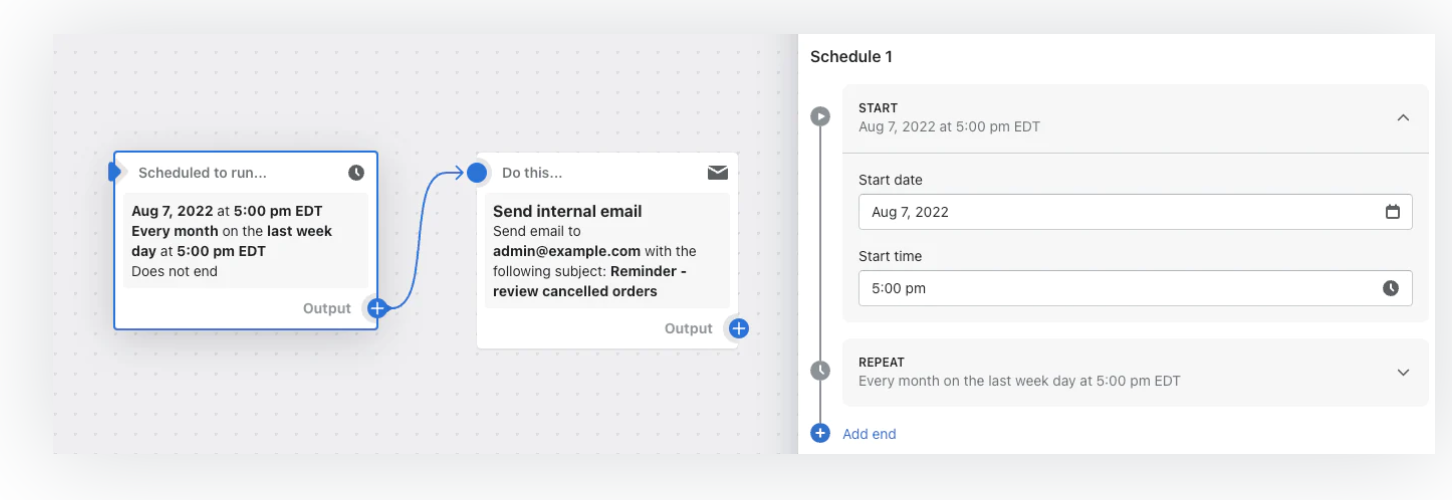
Headless Commerce
Headless commerce is blowing up, and is only going to get more popular. While the concept of Headless can get very complicated and technical, the simplest way to say it is that Headless CMS allows you to have a completely custom front-end, while retaining Shopify’s back end, making content available via API. This means that the data and the presentation are separate, allowing merchants to modify the front-end without messing with the back-end.
When you use Shopify for a headless build, you can take advantage of Hydrogen, Shopify’s built-in front-end web development framework. Hydrogen allows you to make a flexible storefront that allows for a dynamic consumer experience, without sacrificing page speed.
Allbirds is one such store that uses headless. Allbirds started with one shoe and grew to offer several silhouettes, sell in more than 35 countries, and open up nearly 50 retail stores.
Allbirds’ team decided to explore the flexibility of a headless architecture in order to continue serving customers in stores and around the world.
Headless commerce can be very difficult to implement. We recommend leaving it to the experts. Here at Fyresite, we have more than 15 years of experience in eCommerce. If you would like to reach out for a consultation, you can do so here.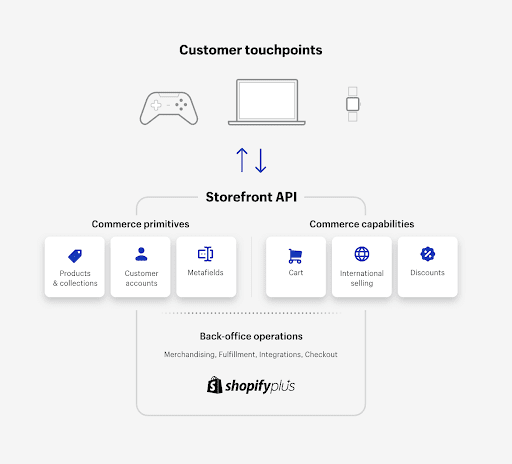
Live Stream Selling
Consumers like to feel a part of the experience, and this is no different for eCommerce. However, cultivating that experience may be harder for eCommerce merchants than a brick and mortar merchant. One way to include consumers? Live stream selling.
Live stream selling is when you use a platform, such as YouTube, or Shopify apps such as Videoo; Mobile Commerce, to sell your product. You can use live stream shopping in a number of ways. One way is to do product drops for your live stream. If you’re coming out with new product(s), announcing and showing them off on a live stream will build exclusivity and excitement for your product. You can also do product showcases, showcasing your favorite products and dropping a live stream exclusive discount code to drum up sales.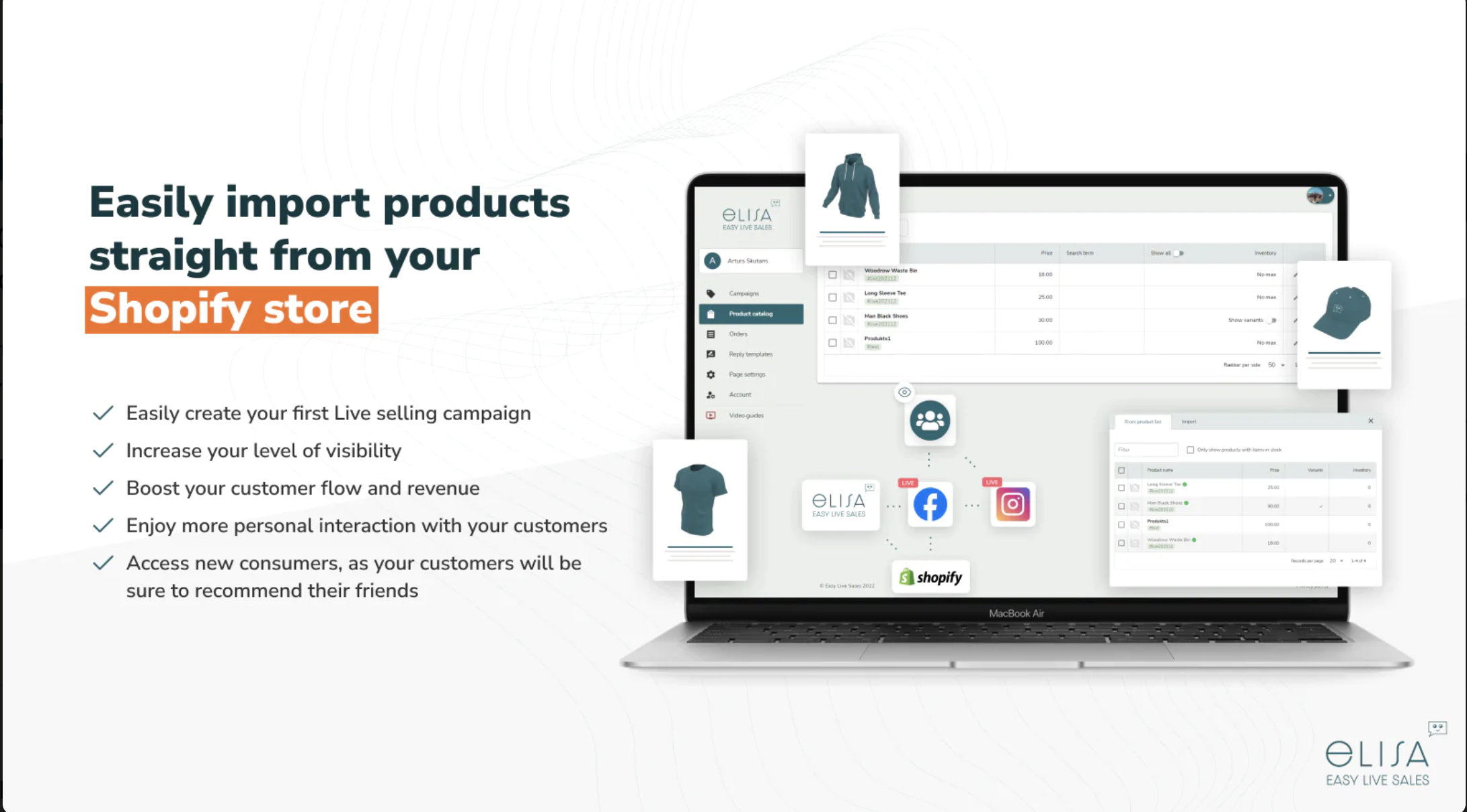
Sustainable Shopping
Sustainable shopping has become more and more important to consumers. One survey showed that 86% of respondents are more likely to buy from a brand/retailer if their packaging is sustainable, and 59% have said that they consciously chose a brand/product over other ones due to sustainable packaging.
What does sustainable shopping look like? One of the most common ways is sustainable packaging. Sustainable packaging refers to packaging that is better for the environment, typically because it is recyclable and/or biodegradable. This does not have to burst your wallet: in fact, the most common form of biodegradable packaging is paper. With Shopify, merchants can also use Repack. Repack allows merchants to reduce their carbon footprint by offering consumers the option to use repacks at checkout, then return them to Repack hubs throughout the world, and allows consumers to use them for returns.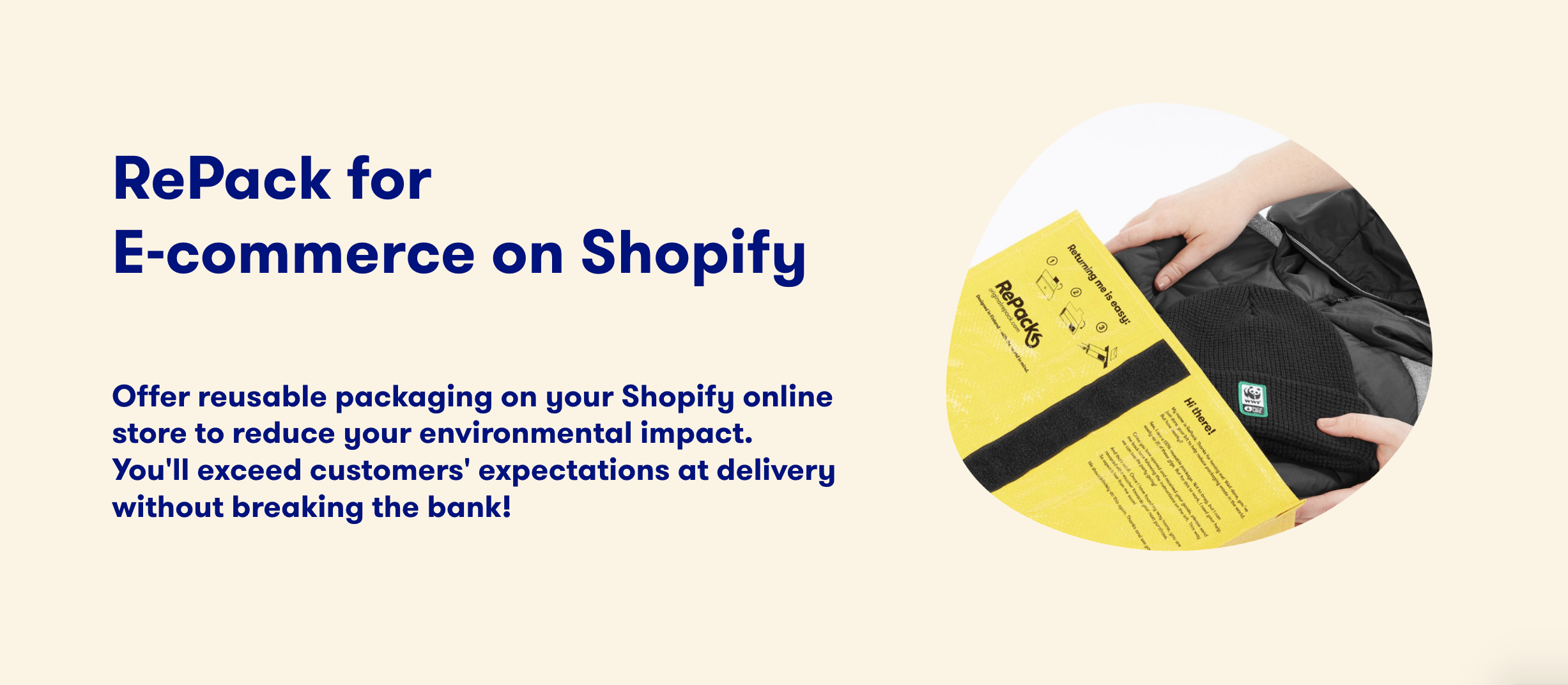
Social Media Selling
Social media is all around. While some, like Instagram,trend younger, you can still reach older audiences on other platforms, like Facebook/Meta. The amount of time that people spend on social media is the highest it has ever been, and people are using it to buy. One survey recorded that 82% of respondents found something on social media and directly purchased it on their phone. So how can you hop on this trend?
You can use Shopify to sell on social media. You can sell on Twitter, Instagram, Facebook/Meta, YouTube, and Linkpop. While you can sell on all of these platforms, we recommend beginning with one or two that will work best for your audience, and then decide if you would like to branch out onto other platforms. You can read our blog about utilizing channels here.
Another way you can sell on social media is with Shopify Collabs. Shopify Collabs allows merchants to partner with social media creators to promote and sell products. Merchants can put up applications for what kind of creator they’re looking for, and creators can apply. You can read more about Shopify Collabs here.
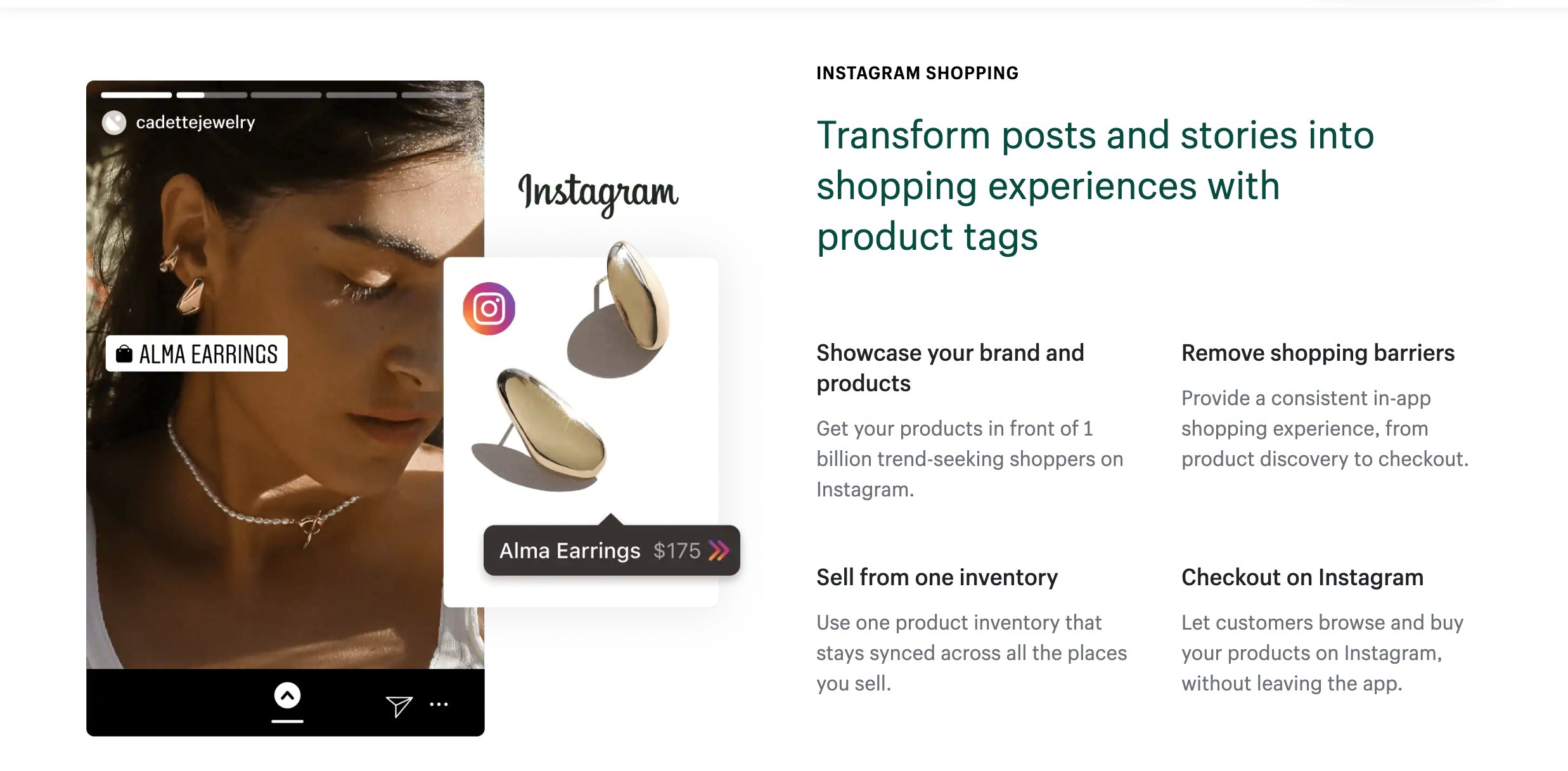
New Year, New You
Excited for the new year and looking for a change? We can help. As leaders in eCommerce, Fyresite can help you refresh, renew, or redo your site. Contact us here to see what we can do for you.
 Taylor Simmons
Taylor Simmons 
